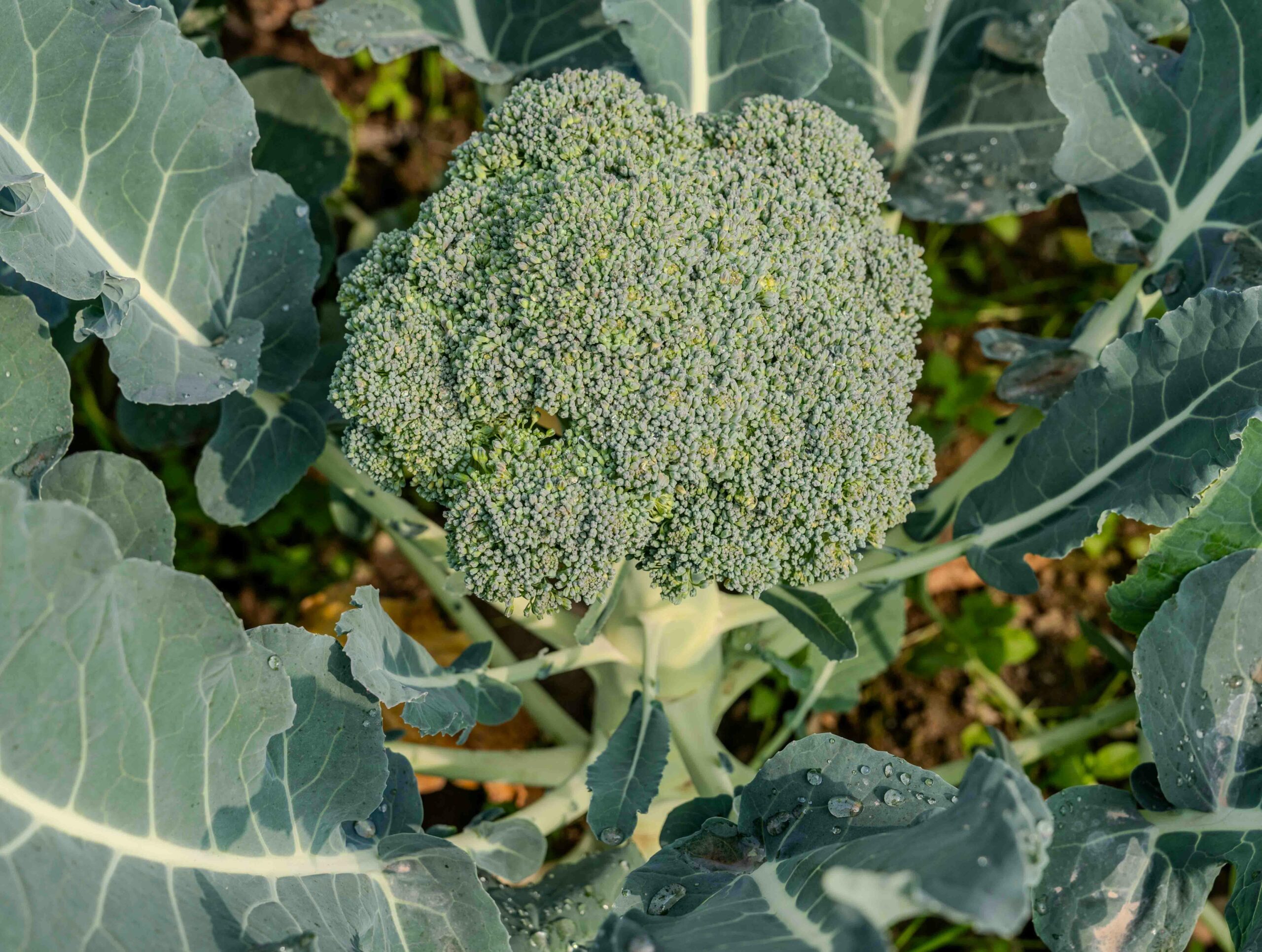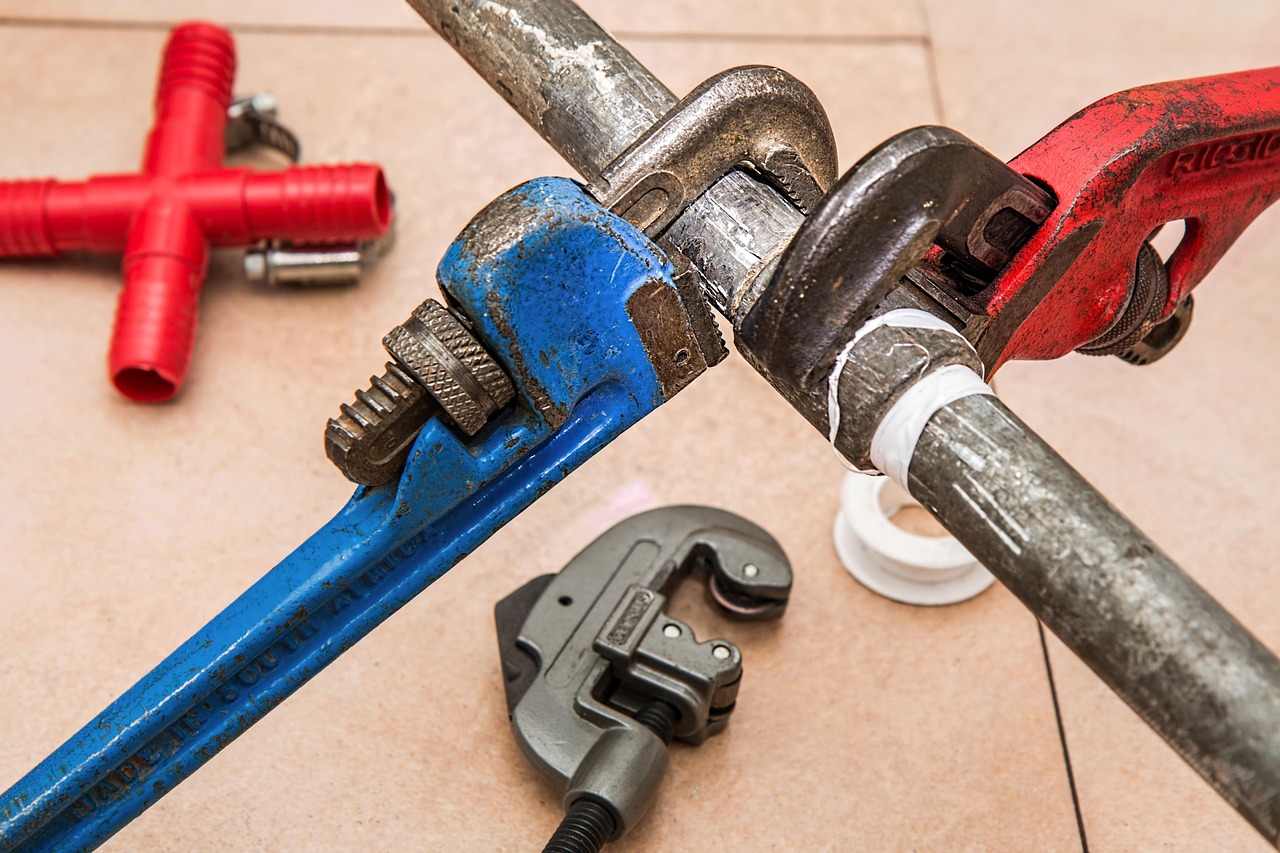For passionate gardeners, the arrival of frost doesn’t have to signal the end of the growing season. By implementing season extension gardening techniques, you can continue to harvest fresh vegetables and protect tender plants well into the cooler months. Two of the most effective and accessible methods for extending the growing season are DIY cold frame construction and building a mini hoop house for your garden. These simple structures create protective microclimates that shield plants from frost while capturing solar energy to maintain warmer growing conditions.
Understanding Season Extension Benefits
Season extension gardening offers numerous advantages beyond simply having fresh produce for a longer period. By extending your growing season, you can start seeds earlier in spring and maintain production later into fall, effectively doubling your harvest potential in many climate zones. These techniques allow you to grow cool-weather crops like spinach, kale, and lettuce throughout winter in many regions. Frost protection for plants becomes increasingly important as temperatures fluctuate more dramatically with climate change, making these structures practical investments for consistent yields. Additionally, season extension techniques can help you make better use of limited garden space by maximizing productivity throughout the year rather than just during traditional growing seasons.
Cold Frames: Your First Step in Season Extension
A cold frame represents one of the most straightforward approaches to extending growing season techniques. Essentially, a cold frame is a bottomless box with a transparent lid that creates a protected growing environment. DIY cold frame construction typically involves building a simple rectangular frame using weather-resistant wood like cedar or repurposed materials. The frame slopes from back to front, with the back standing about 18-24 inches tall and the front 8-12 inches tall to create optimal sun exposure. The sloped transparent top, often made from old windows, polycarbonate panels, or heavy-duty plastic sheeting, allows sunlight to enter while trapping heat inside. The beauty of cold frames lies in their simplicity—they require no electricity yet can maintain temperatures 5-10 degrees higher than the surrounding environment, providing essential frost protection for plants.
Mini Hoop Houses: Flexible Protection for Larger Areas
When you need to protect longer rows or larger garden sections, a mini hoop house for your garden offers an excellent solution. These structures consist of a series of hoops covered with greenhouse plastic or garden fabric. The hoops can be made from various materials—PVC pipe is popular for DIY projects due to its flexibility and affordability, while EMT conduit provides greater durability for structures intended to last multiple seasons. To construct a basic mini hoop house, place hoops every 3-4 feet along your garden row, insert the ends into the soil or attach them to wooden baseboards, then cover the entire structure with your chosen material. Secure the covering using clips, clamps, or by burying the edges in soil. Mini hoop houses excel at extending growing season techniques by creating tunnel-like protection that can be easily ventilated on warmer days by lifting the sides.
Materials and Construction Considerations
Successful season extension gardening depends significantly on material choices and construction details. For DIY cold frame construction, select rot-resistant woods or recycled materials that can withstand moisture. The transparent top should strike a balance between durability and light transmission—single-pane glass provides excellent clarity but poor insulation, while double-walled polycarbonate offers better insulation but costs more. When building a mini hoop house, consider using 6-mil greenhouse-grade plastic that includes UV protection to prevent premature degradation. For either structure, incorporating ventilation options is crucial to prevent overheating on sunny days. If you’re not confident in your building skills, platforms like AskHomey can connect you with local handymen who specialize in garden projects to help bring your season extension plans to life.
Maximizing Your Extended Growing Season
Once your cold frame or mini hoop house is constructed, proper management maximizes its effectiveness for frost protection and plant growth. Monitor internal temperatures using a simple thermometer—optimal growing conditions for most cool-season crops range between 40-75°F. When temperatures rise above 75°F, ventilation becomes necessary to prevent heat stress. On cold nights, additional insulation like old blankets or straw bales placed around cold frames can provide extra protection during extreme temperature drops. Practice succession planting by starting new crops as others are harvested to maintain continuous production. Watering requires careful attention in enclosed environments—water in the morning so plants can dry before evening, reducing disease risk. With proper management, these simple structures can transform your garden’s productivity throughout the year.
Seasonal Maintenance for Longevity
To ensure your season extension structures provide years of service, incorporate regular maintenance into your gardening routine. Before each growing season, check for damage to frames, coverings, and fasteners, replacing components as needed. Clean transparent coverings to remove dirt and algae that reduce light transmission. Between growing seasons, store removable covers in a protected location away from UV exposure and pests. For permanent structures, consider adding additional bracing before heavy snow seasons in northern climates. These simple maintenance steps will extend the life of your season extension investments, providing reliable frost protection for plants year after year.
For more tips and to connect with reliable home service professionals, follow AskHomey on Facebook and Instagram.



